In an age where attention spans are shrinking and information is overloaded, one simple yet powerful tool continues to help children learn essential life concepts: occupation picture charts.
Whether you’re a teacher, homeschooling parent, or just trying to make learning fun at home, understanding what people do for a living and helping kids grasp that visually has never been easier or more important.
But here's the problem:
Too many parents and educators struggle to find well-designed, engaging, and diverse occupation charts that do more than just list jobs. They want charts that spark curiosity, introduce real-world knowledge, and lay the groundwork for future aspirations.
If you're searching for a profession chart that captures children’s attention while teaching them about real-life roles you're in the right place.
What Is an Occupation Picture Chart?
An occupation picture chart is a visual learning tool that displays various jobs or professions alongside corresponding images. These charts are designed to help children recognize, name, and understand different roles people play in society—from doctors and teachers to firefighters and bakers.
Why Are They So Effective?
- Visual connection: Kids associate images with words, aiding memory retention.
- Reinforces vocabulary: Terms like "nurse," "mechanic," and "pilot" become familiar.
- Encourages conversation: Parents and teachers can ask, “What does a firefighter do?” and start a meaningful dialogue.
- Promotes diversity and inclusion: A well-designed human occupation chart includes people of different backgrounds, ages, and genders.
Who Can Benefit from an Occupation Chart?
Occupation charts aren't just cute classroom decor—they’re educational tools used in a variety of settings:
Teachers
- Use them as part of their thematic teaching during "Community Helpers Week."
- Support ESL (English as a Second Language) learners by matching images with job vocabulary.
Parents
- Introduce professions at home during playtime or reading.
- Spark career awareness from an early age.
Daycare Centers and Homeschoolers
- Use charts to support daily lesson plans.
- Encourage role-playing games based on jobs featured on the chart.
Types of Occupation Picture Charts
Not all charts are made equal. Let’s break down the different types you may encounter and what they're best for.
1. Basic Picture and Name Chart
- Simple layout with a job title and corresponding image.
- Great for toddlers and preschoolers.
2. Profession Chart with Descriptions
-
Includes short descriptions:
e.g., “A chef cooks meals in a restaurant.” - Best for early readers (ages 5+).
3. Interactive Occupation Chart
- Uses flaps, Velcro pieces, or digital touch screens.
- Excellent for hands-on learners.
4. Bilingual or Multilingual Charts
- Display job names in multiple languages.
- Useful in multicultural classrooms or bilingual households.
5. Printable Occupation Charts
- Instant downloads for home or classroom use.
- Often customizable.
Real-World Use: How Teachers Integrate Profession Charts in Classrooms
Here's a look at how one first-grade teacher uses a professions chart to introduce career education:

“Every Monday, I highlight two new professions from our classroom chart. We read a book about that job, role-play with costumes, and have a writing prompt like: ‘What would you do if you were a vet?’ By the end of the year, my students can name over 20 different jobs and describe what each person does!”
This hands-on approach makes learning fun and memorable. And it all starts with the chart.
Why You Should Choose a Human Occupation Chart Over Text-Only Alternatives
|
Feature |
Text-Only Chart |
Occupation Picture Chart |
|
Visual appeal |
❌ |
✅ |
|
Vocabulary support |
❌ |
✅ |
|
Great for ESL or non-readers |
❌ |
✅ |
|
Conversation starter |
❌ |
✅ |
|
Better engagement for children |
❌ |
✅ |
Bottom line: Kids need visuals to understand complex ideas, and human occupation charts help bridge that gap effortlessly.
What to Look for in a High-Quality Occupation Picture Chart
When shopping online or downloading charts, consider these criteria:
Age Appropriateness
Ensure images and descriptions match your child’s cognitive level.
Illustration Style
Look for clear, friendly graphics or real photographs depending on learning goals.
Diversity and Representation
Select charts that include:
- Men and women in various jobs
- People of different ethnic backgrounds
- Persons with disabilities in professions
Size and Format
Whether wall-mounted, digital, or portable, pick a format that fits your space and learning style.
Occupation Chart Activities to Boost Learning
A chart alone is good. A chart paired with hands-on learning? Even better.
Story Time Integration
- Read books like "Whose Tools Are These?" or "When I Grow Up"
- Match the characters to the job titles on the chart
Role-Playing
- Dress up as different professionals
- Act out scenes like checking a patient’s temperature or fixing a car
Matching Games
- Use flashcards to match names to the chart
- Create fill-in-the-blank worksheets
Craft and Coloring
- Have kids draw their dream jo
- Make a DIY mini profession chart from magazine cutouts
Top Occupations to Include in Your Chart

Here’s a starter list of commonly featured jobs across most charts:
- Doctor
- Teacher
- Firefighter
- Mechanic
- Chef
- Construction Worker
- Police Officer
- Pilot
- Office Worker
- Cleaner
- Delivery Person
- Scientist
- Artist
- Musician
-
Farmer
Want to go beyond the basics? Include lesser-seen roles like:
- Marine biologist
- App developer
- Florist
- Dentist
-
Tailor
Where to Find or Download Profession Charts
You can find high-quality printable or digital charts from trusted sources like:
- 123PublishingHouse.com – Our curated library includes printable PDF charts for all ages.
- Teachers Pay Teachers (TPT) – A marketplace of resources by real educators.
- Amazon – Laminated charts for classrooms.
- Etsy – Unique hand-illustrated or custom name charts.
- Pinterest – Tons of free inspiration and links.
Frequently Asked Questions (FAQs)
What age group are occupation charts best for?
Answer: Ideal for ages 3–8, but even older kids benefit when charts include in-depth descriptions or are used for career day preparation.
Are occupation charts available in multiple languages?
Answer: Yes! Many charts come in English-Spanish, English-French, or customizable bilingual versions.
How do I teach kids about jobs using a chart?
Answer: Start by introducing a few jobs daily, read related books, act them out, and ask open-ended questions like “What do you want to be when you grow up?”
Can I make my own profession chart?
Answer: Absolutely! Use stock images or clip art, pair them with job names, and either print or create a digital version using Canva or PowerPoint.
Final Thoughts: Why Every Learning Space Needs an Occupation Picture Chart
In today’s world, it’s never too early to teach children about the roles people play in society. From building career awareness to strengthening vocabulary, an occupation chart is an investment in both knowledge and imagination.
Let children see themselves in the roles they admire. Let them ask questions. Let them dream.
And it all begins with something as simple—and powerful—as an occupation picture chart.
Ready to Get Started?
Explore our collection of beautifully illustrated, diversity-friendly profession charts and occupation learning kits today at 123PublishingHouse.com. Whether you're a teacher, parent, or early childhood professional, you'll find a resource to transform your learning space.
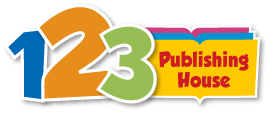

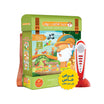
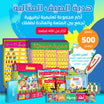
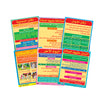
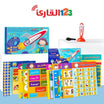
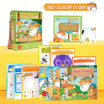

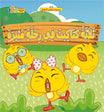
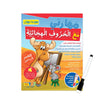
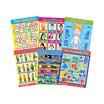
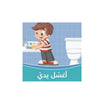
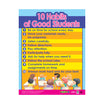
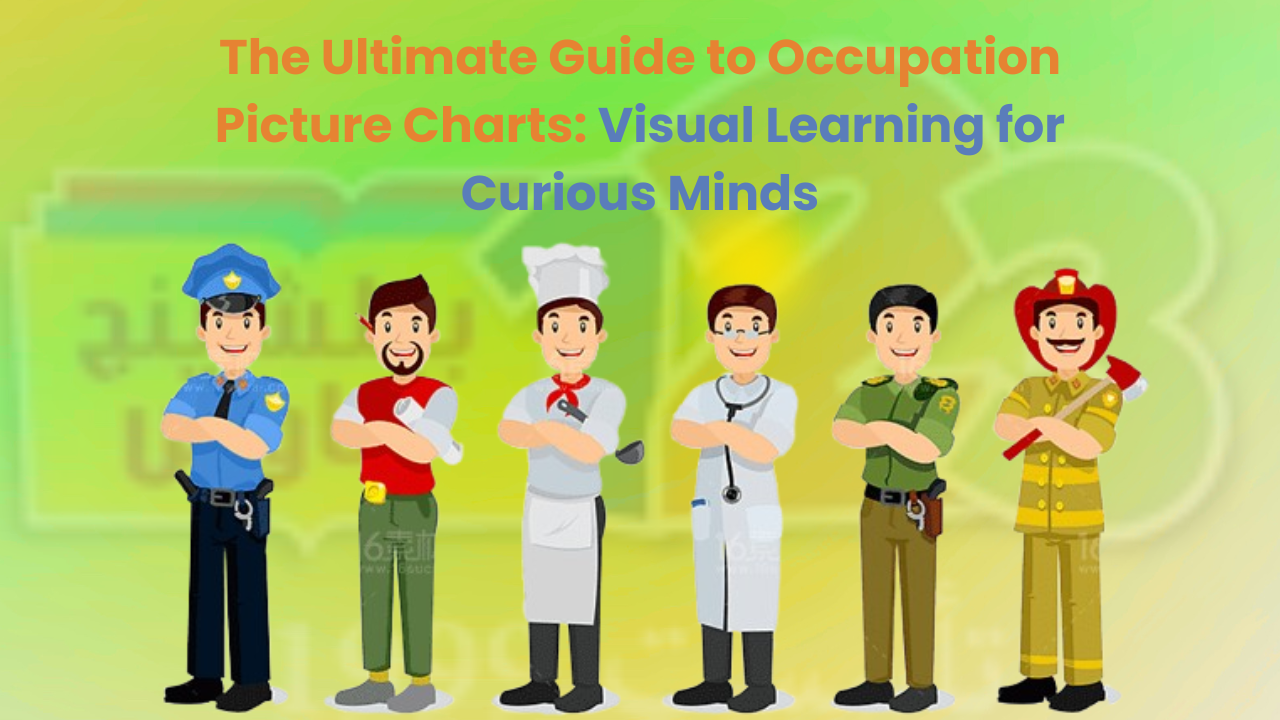

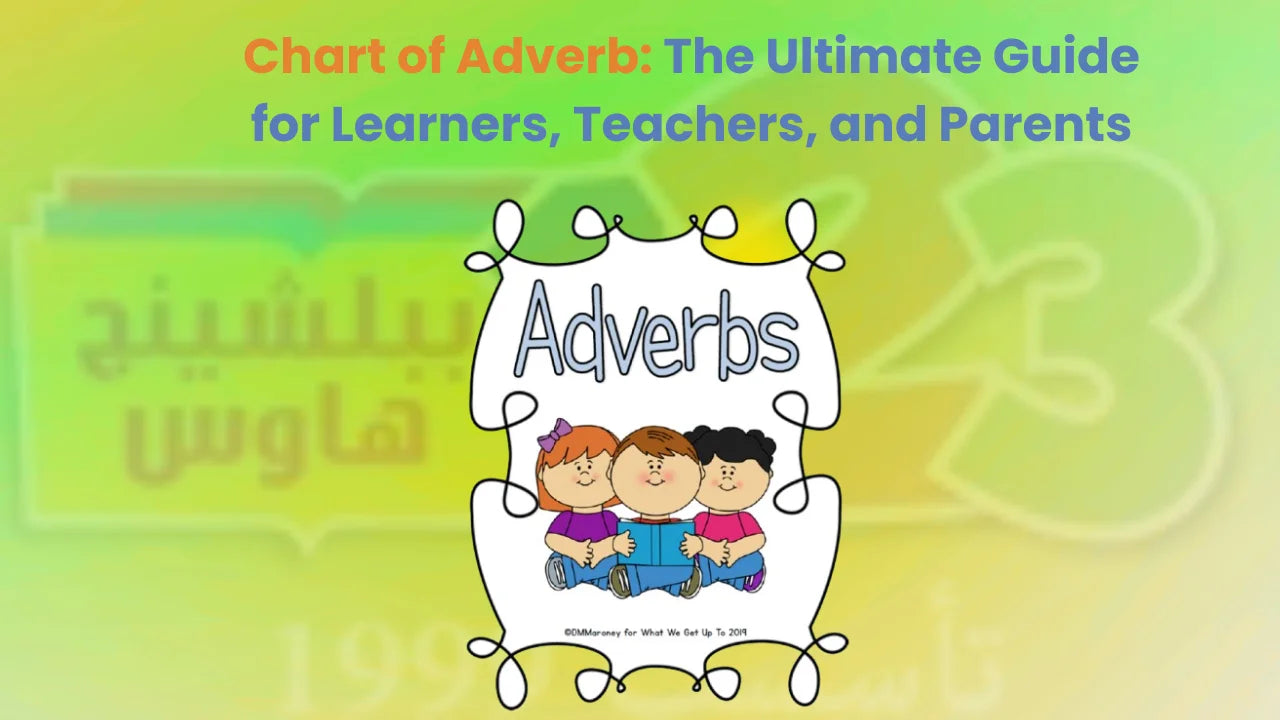
Leave a comment
This site is protected by hCaptcha and the hCaptcha Privacy Policy and Terms of Service apply.